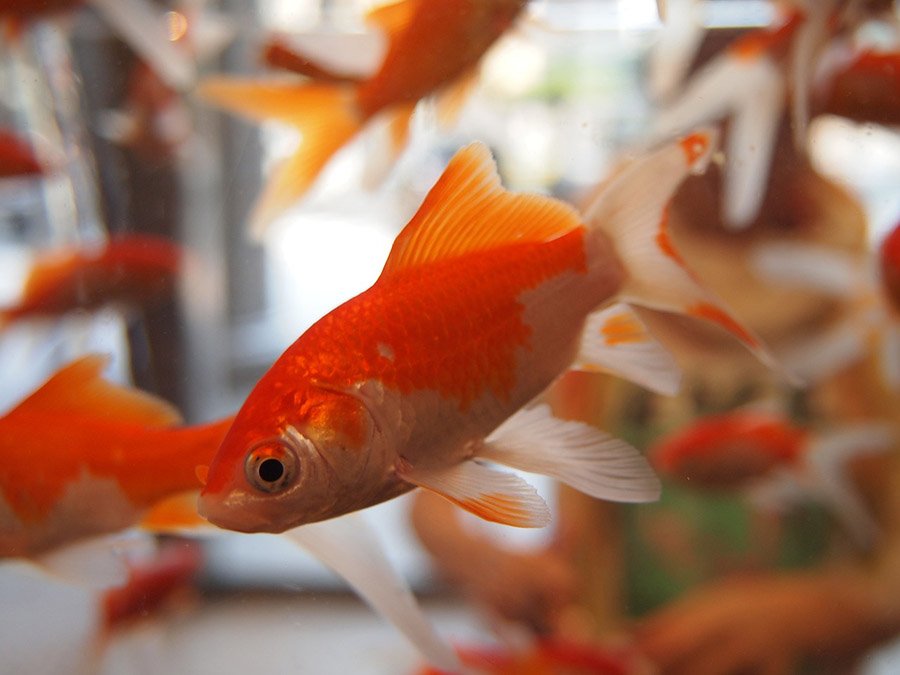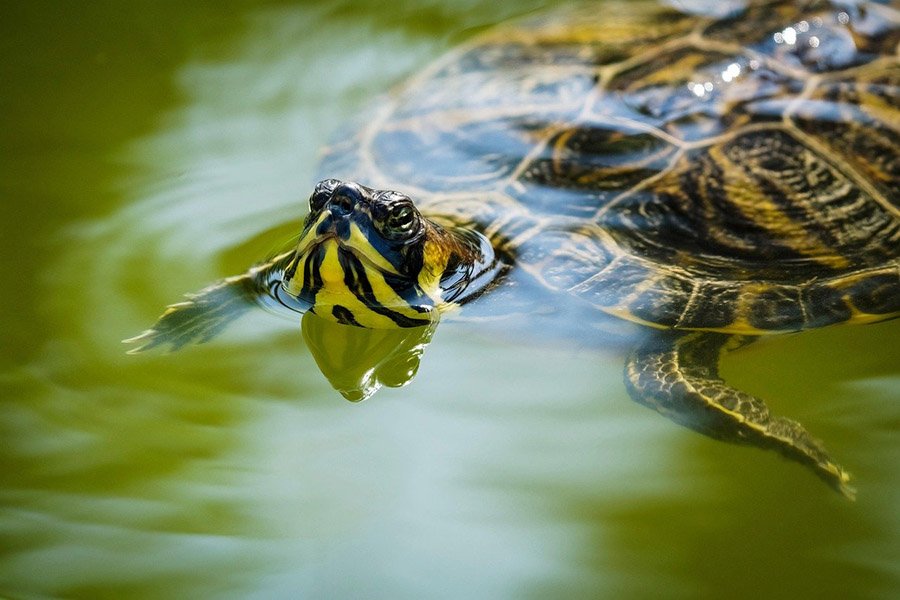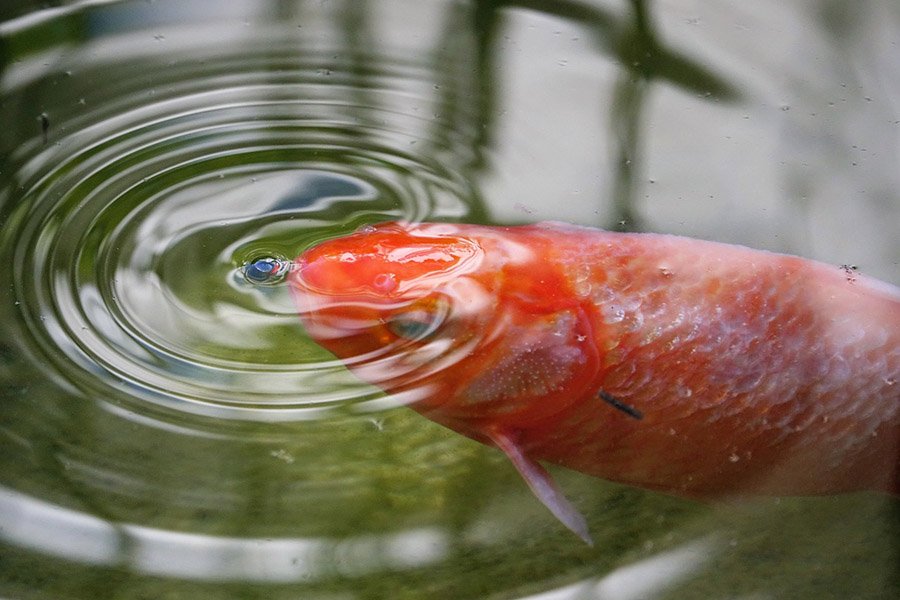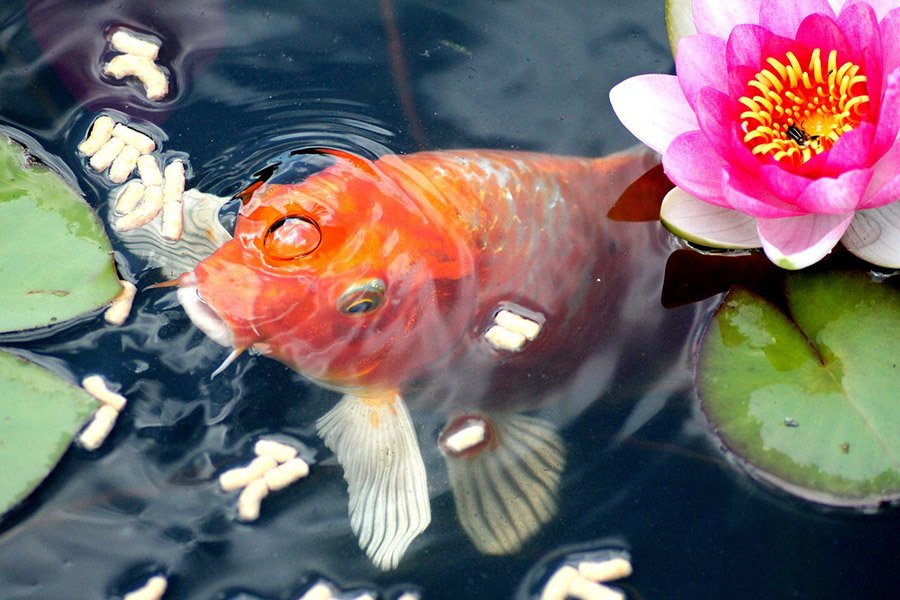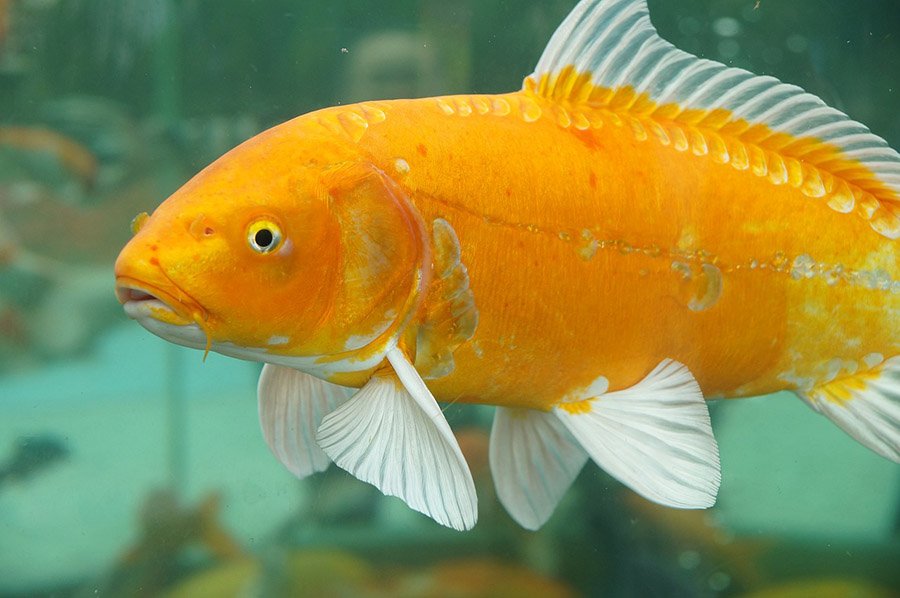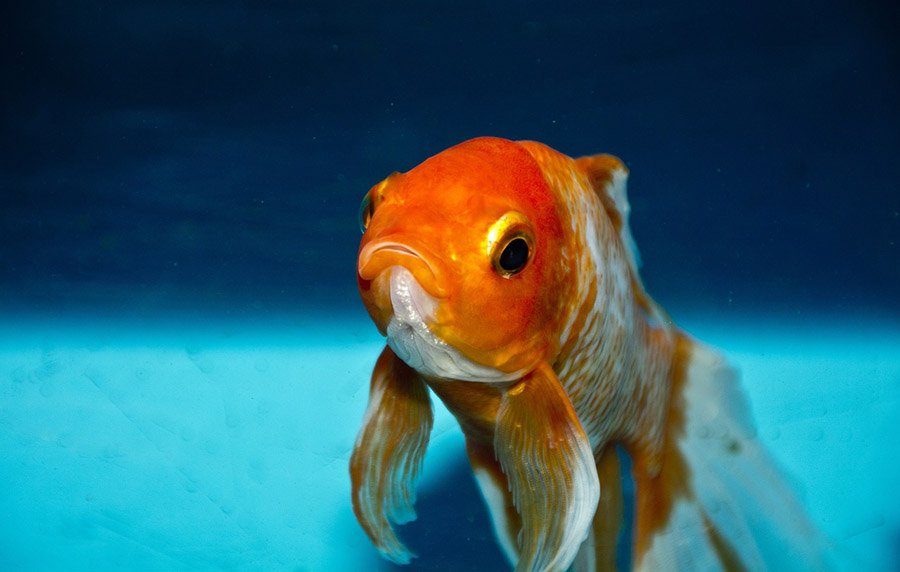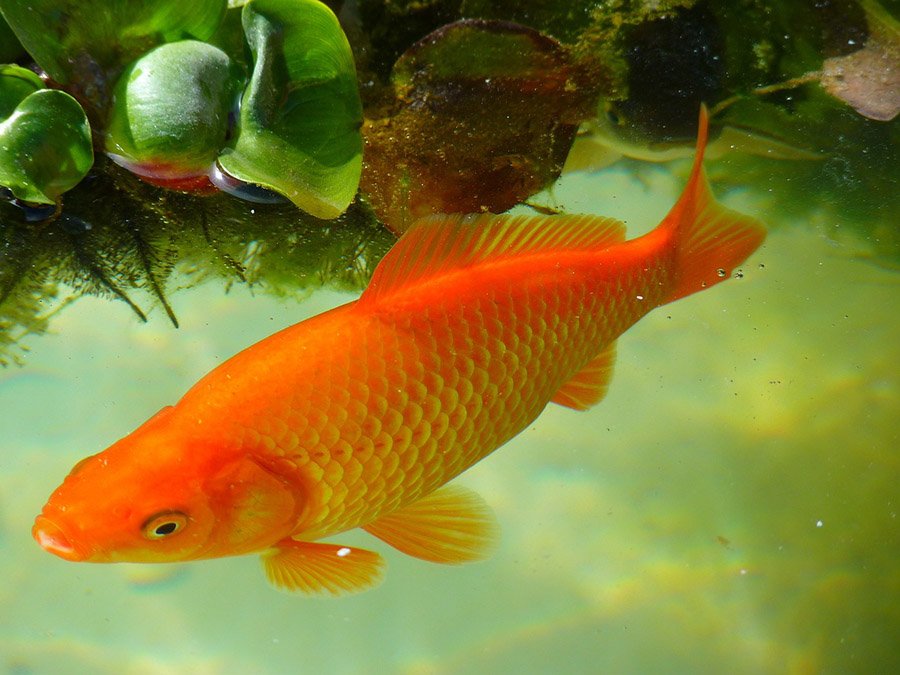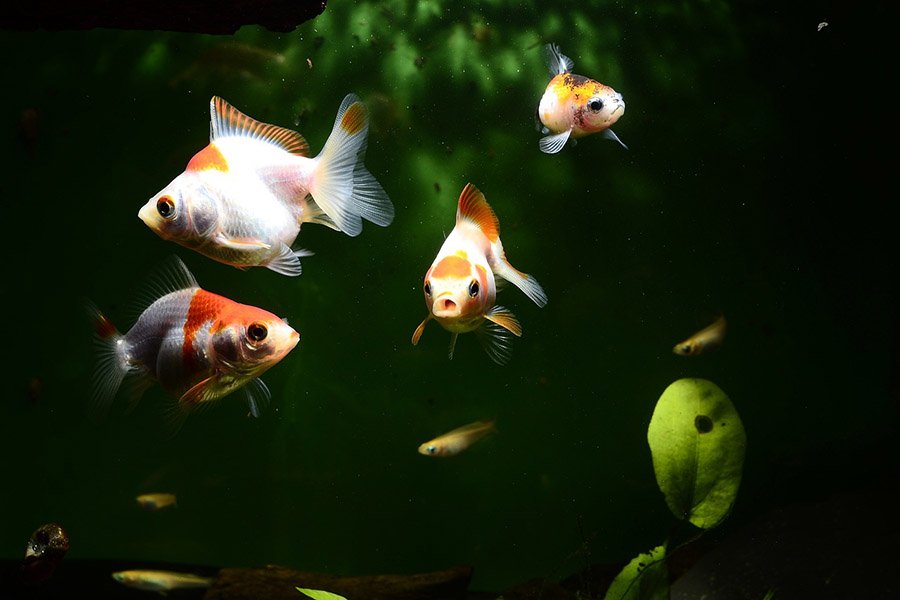Goldfish are among the most popular pets worldwide, adored for their vibrant colors and graceful swimming. Despite their familiarity, many goldfish owners and enthusiasts often ponder the intricacies of their anatomy. One recurring question is whether goldfish have bones, and if so, how their skeletal structure functions.
This article delves into the fascinating world of goldfish anatomy, providing a detailed exploration of their skeletal system, its composition, and its differences from other fish species. By enhancing our understanding of goldfish bones, we can better appreciate these aquatic creatures and ensure their proper care.
Introduction to Goldfish Anatomy and Skeletal Structure
Goldfish, scientifically known as Carassius auratus, belong to the Cyprinidae family. This species has been bred into a myriad of varieties, each exhibiting unique physical attributes. Understanding their skeletal structure is crucial for anyone committed to their care. Like most vertebrates, goldfish possess an internal skeleton that supports their body and facilitates movement.
The skeletal system of goldfish includes both bones and cartilage, providing a sturdy yet flexible framework. Their anatomy is adapted to their aquatic environment, allowing them to maneuver efficiently through water. The primary components of their skeleton include the skull, vertebrae, and fin supports, each playing a vital role in their overall structure.
An in-depth examination of goldfish anatomy reveals a complex interplay of various skeletal elements. From their streamlined body to their elaborately shaped fins, goldfish exhibit a remarkable evolutionary adaptation. This article aims to unpack these elements, offering insights into how their skeletal structure functions and how it compares to other fish.
Do Goldfish Have Bones? A Clear Explanation
Yes, goldfish do have bones. Their skeletal system is composed of a combination of true bones and cartilage. This bony structure provides the necessary support and protection for their internal organs, much like the bones in other vertebrate animals. Unlike mammals, however, fish bones are often less dense and more flexible, a characteristic that is particularly evident in goldfish.
The bones in goldfish are primarily made of calcium phosphate, the same material found in human bones. This mineral composition ensures that the bones are strong yet lightweight, facilitating buoyancy. The presence of bones in goldfish is critical for their survival, aiding in various physiological functions such as movement and stability.
It’s important to distinguish between the types of bones present in a goldfish’s body. They have both endoskeleton bones, which form the internal framework, and exoskeleton elements like scales that provide external protection. This dual system of skeletal support is an evolutionary trait that has enabled goldfish to thrive in diverse aquatic environments for centuries.
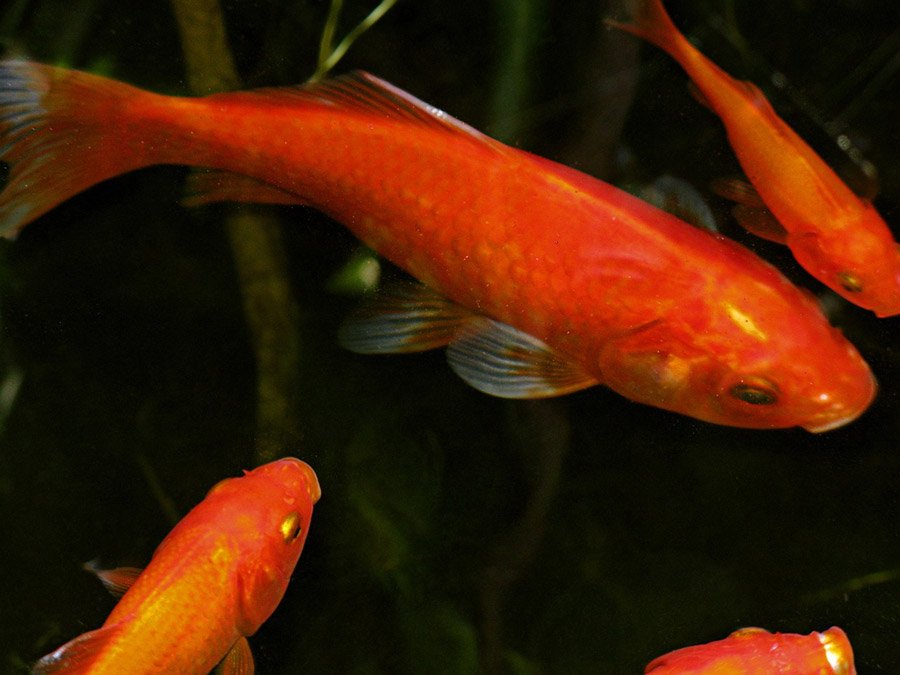
The Composition of Goldfish Skeletal System
The goldfish skeletal system is primarily made up of bones and cartilage, two materials that provide a balance of strength and flexibility. The bones are rich in calcium phosphate, which offers durability and the ability to withstand the pressures of their aquatic habitat. Cartilage, on the other hand, is more flexible and is found in areas that require more movement, such as the fin bases and gill arches.
Cartilage plays a crucial role during the early development of goldfish. Young goldfish, or fry, predominantly have a cartilaginous skeleton which gradually ossifies, or turns into bone, as they mature. This transition is essential for providing the structural integrity needed for their growing bodies.
In addition to bones and cartilage, the goldfish skeletal system also includes connective tissues such as ligaments and tendons. These tissues bind the bones together and attach muscles to the skeletal framework, enabling smooth and coordinated movements. This intricate system underscores the complexity and efficiency of goldfish anatomy.
Differences Between Goldfish and Other Fish Skeletons
While the skeletal structure of goldfish shares many similarities with other fish, there are several distinct differences that set them apart. One significant difference lies in the shape and arrangement of their bones, particularly in the skull and fin areas. These variations are often a result of selective breeding practices aimed at enhancing specific physical traits.
Goldfish have a more complex cranial structure compared to many other fish species. This complexity allows for a greater range of mouth and jaw movements, facilitating their varied diet. Additionally, the bones in their fins are more numerous and segmented, giving rise to the elaborate fin shapes seen in many ornamental goldfish varieties.
Another notable difference is the presence of a modified swim bladder in goldfish, which plays a role in buoyancy control. The skeletal attachments and muscles associated with the swim bladder are uniquely adapted in goldfish, enabling them to maintain stability and maneuver with precision. These anatomical distinctions highlight the evolutionary adaptations that have allowed goldfish to diversify and flourish in both natural and artificial environments.
The Role of Bones in Goldfish Mobility and Stability
Bones play a crucial role in the mobility and stability of goldfish. Their skeletal system provides the necessary support for muscle attachment, enabling efficient and coordinated movements. The vertebral column, in particular, is essential for maintaining body shape and facilitating swimming by allowing flexibility and strength.
The fins of goldfish, supported by bony fin rays, are instrumental in their mobility. These fin rays are segmented and can fan out or contract, allowing the fish to navigate through water with precision. The caudal fin, or tail fin, is especially important for propulsion, while the pectoral and pelvic fins assist in steering and maintaining balance.
Stability is another critical function of the goldfish skeletal system. The bones and cartilage work together to provide a solid framework that resists the external pressures of the aquatic environment. This structural integrity ensures that goldfish can perform various activities, from feeding to evading predators, without compromising their physical stability.
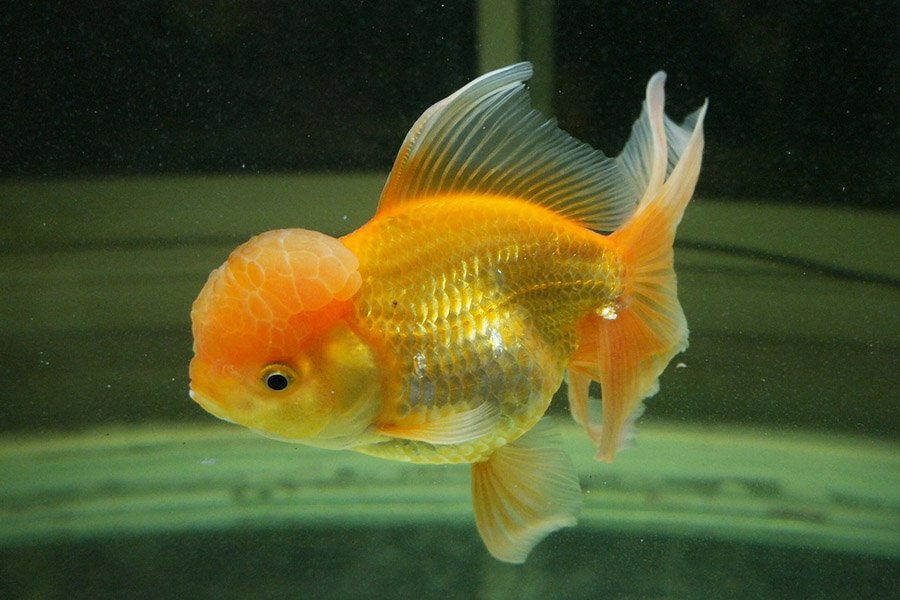
Understanding the Skull Structure of Goldfish
The skull structure of goldfish is a fascinating aspect of their anatomy, designed to support various sensory and feeding functions. The goldfish skull is composed of several bones that are intricately connected, forming a protective case for the brain and sensory organs like the eyes and nostrils. This complex arrangement allows for both protection and flexibility.
One of the most notable features of the goldfish skull is its jaw structure. Goldfish have a protractile mouth, meaning that their jaw can extend outward to capture food. This is facilitated by a series of bones and joints that provide the necessary range of motion. The ability to extend their jaw is particularly useful for scavenging food particles from substrates or catching prey.
Additionally, the goldfish skull includes specialized bones that support their gill arches. These bones play a vital role in respiration by supporting the gill filaments, which are responsible for extracting oxygen from water. The structural arrangement of these bones ensures that the gills remain functional and efficient, highlighting the critical role of the skull in goldfish physiology.
The Function and Importance of Goldfish Vertebrae
The vertebrae are a central component of the goldfish skeletal system, forming the backbone that provides structural support and flexibility. Each vertebra is a bony segment connected by intervertebral discs made of cartilage, which allows for a range of motion while maintaining stability. This arrangement is crucial for the undulating movements that propel the goldfish through water.
Goldfish vertebrae are not uniform but vary in shape and size along the length of the spine. The anterior vertebrae, located near the head, are generally more robust and support the weight of the skull. The posterior vertebrae, near the tail, are more flexible, facilitating swift and agile movements. This differentiation in vertebral structure enables goldfish to perform a wide range of activities, from rapid swimming to precise maneuvering.
The vertebral column also plays a crucial role in protecting the spinal cord, a vital component of the central nervous system. The spinal cord runs through a canal created by the vertebrae, transmitting nerve signals between the brain and the rest of the body. This protective function underscores the importance of the vertebrae in maintaining the overall health and functionality of goldfish.
Exploring the Fins: Are They Supported by Bones?
Yes, the fins of goldfish are supported by bones known as fin rays. These bony structures are segmented and flexible, allowing the fins to expand, contract, and change shape as needed. The fin rays are crucial for various aspects of goldfish movement, including swimming, steering, and maintaining balance.
The pectoral fins, located on either side of the goldfish, are supported by a series of fin rays that allow for intricate movements. These fins are primarily used for steering and stabilizing the fish while swimming. The pelvic fins, located on the underside, also contain fin rays and assist in balance and slow movements.
The dorsal and anal fins, situated along the top and bottom of the fish respectively, are supported by a combination of bony and cartilaginous elements. These fins play a critical role in preventing rolling and maintaining an upright position. The caudal fin, or tail fin, is perhaps the most important for propulsion and is supported by robust fin rays that provide the necessary strength for powerful swimming strokes.
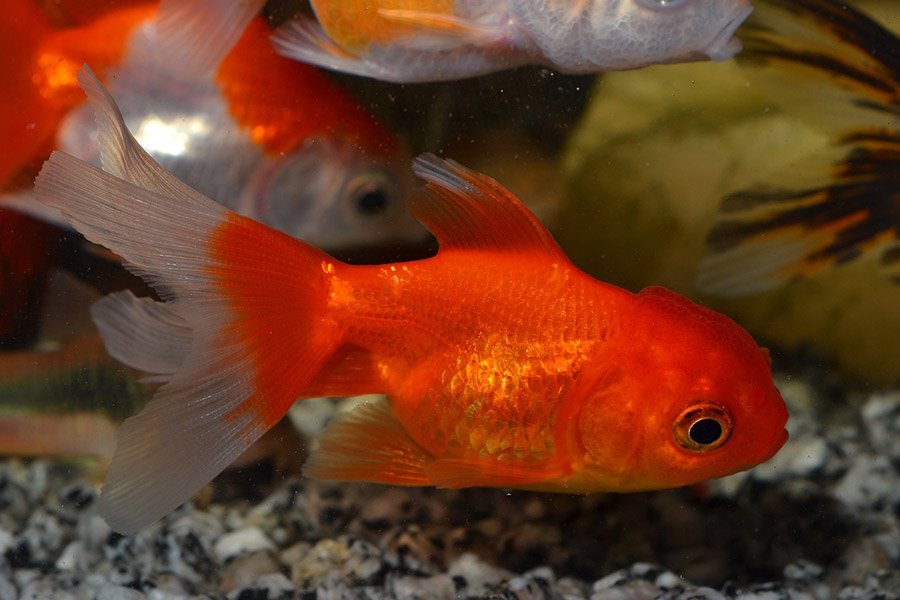
Common Misconceptions About Goldfish Bones
One common misconception is that goldfish do not have bones and are composed entirely of cartilage. While it is true that young goldfish have a more cartilaginous structure, this is not the case for adult goldfish. As they mature, their cartilage gradually ossifies into bone, providing the necessary support and rigidity.
Another misconception is that goldfish bones are fragile and prone to breaking easily. While it’s true that their bones are less dense compared to terrestrial animals, they are perfectly adapted to their aquatic environment. The combination of strength and flexibility in their bones allows goldfish to withstand the pressures of water and perform various movements efficiently.
Some people also believe that the bones in goldfish fins are not true bones but merely extensions of their skin. In reality, the fin rays are indeed bony structures, segmented and jointed to allow for flexibility. These fin rays are essential for the fish’s mobility and stability, disproving the notion that they are merely skin extensions.
Understanding the skeletal structure of goldfish provides valuable insights into their biology and behavior. From the composition of their bones to the specialized functions of their vertebrae and fins, every aspect of their anatomy is intricately designed to support their aquatic lifestyle.
By debunking common misconceptions and highlighting the unique features of goldfish skeletons, we can better appreciate these remarkable creatures and ensure their well-being. Whether you are a goldfish owner or simply an enthusiast, this knowledge enriches our appreciation for one of the most beloved pets in the world.

